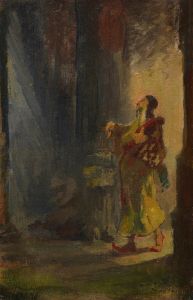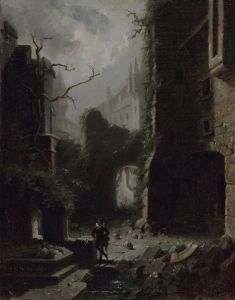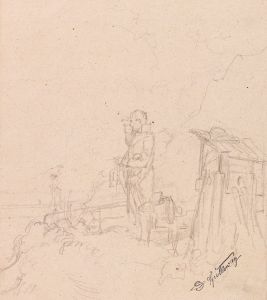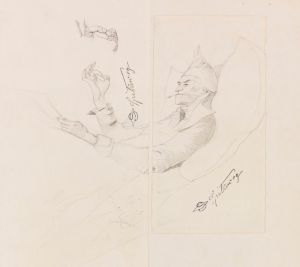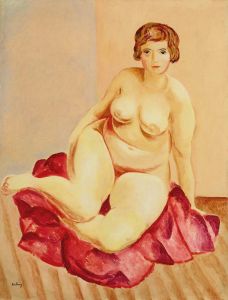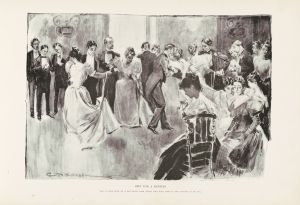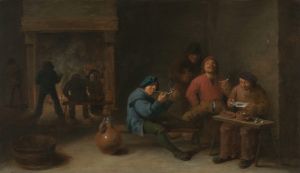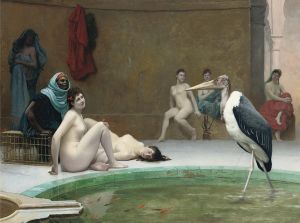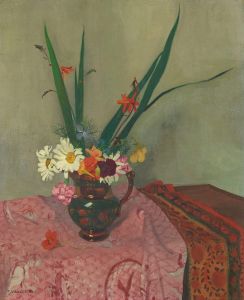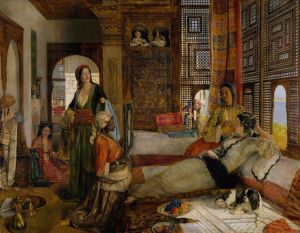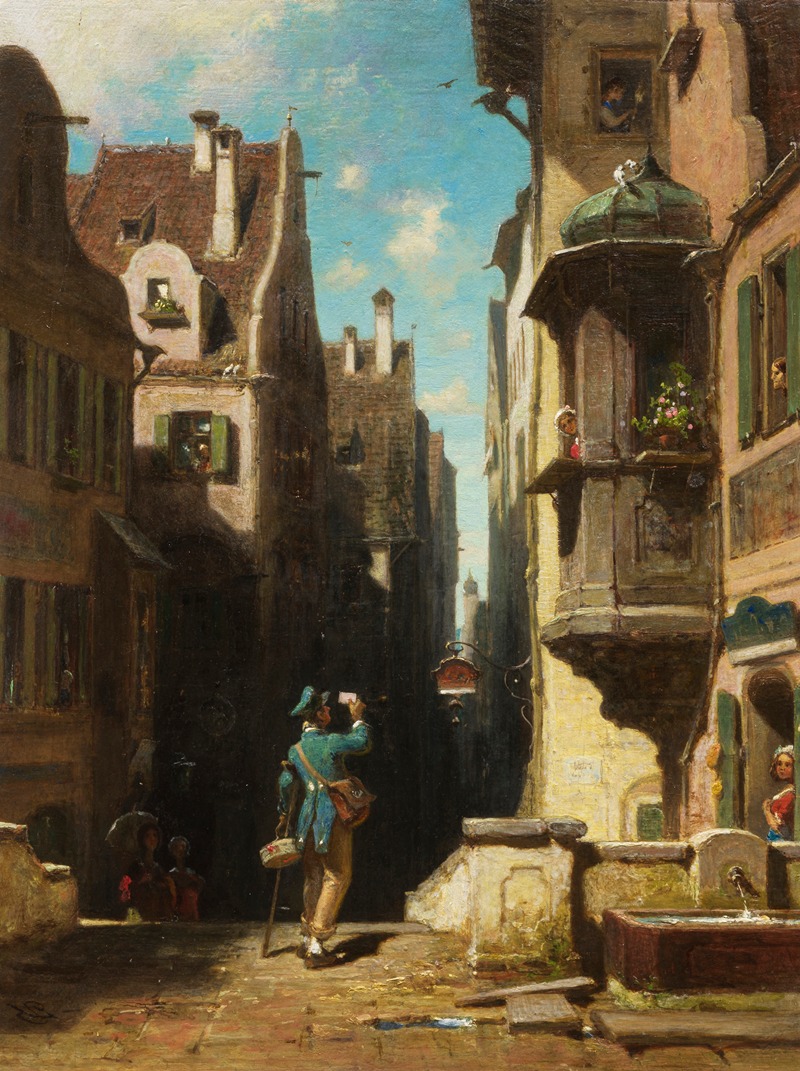
Der Postbote
A hand-painted replica of Carl Spitzweg’s masterpiece Der Postbote, meticulously crafted by professional artists to capture the true essence of the original. Each piece is created with museum-quality canvas and rare mineral pigments, carefully painted by experienced artists with delicate brushstrokes and rich, layered colors to perfectly recreate the texture of the original artwork. Unlike machine-printed reproductions, this hand-painted version brings the painting to life, infused with the artist’s emotions and skill in every stroke. Whether for personal collection or home decoration, it instantly elevates the artistic atmosphere of any space.
Carl Spitzweg was a German Romanticist painter known for his detailed and often humorous depictions of everyday life. One of his works, "Der Postbote" (The Postman), exemplifies his ability to capture the nuances of 19th-century life with a blend of realism and whimsy.
"Der Postbote" is a painting that reflects Spitzweg's fascination with the ordinary and the quaint. Although specific details about the creation date of this painting are not widely documented, it is consistent with Spitzweg's style and thematic focus during the mid-19th century. Spitzweg was born in 1808 in Munich, and he initially pursued a career in pharmacy before turning to painting in his late twenties. His background in pharmacy and science may have contributed to the meticulous attention to detail evident in his artwork.
The painting likely depicts a postman, a common figure in Spitzweg's work, as he was interested in the roles and routines of everyday people. Spitzweg often portrayed postmen, monks, and other figures in a manner that highlighted their humanity and the charm of their daily activities. In "Der Postbote," the postman is typically shown in a quaint, perhaps slightly exaggerated manner, which was Spitzweg's way of infusing humor and warmth into his work.
Spitzweg's paintings are characterized by their intimate scale and the use of warm, earthy colors. He often painted on small canvases, which allowed him to focus on the intricate details of his subjects and their environments. This attention to detail is evident in "Der Postbote," where the textures of clothing, the expressions on faces, and the surrounding architecture are rendered with precision.
The setting of "Der Postbote" is likely a small town or village, a common backdrop in Spitzweg's paintings. He had a keen interest in capturing the essence of small-town life, with its unique characters and leisurely pace. The architecture in his paintings often reflects the Biedermeier style, which was prevalent in Germany during his lifetime. This style is characterized by its simplicity and functionality, often seen in the modest homes and buildings that populate his works.
Spitzweg's work, including "Der Postbote," is often seen as a reflection of the Biedermeier period's values, which emphasized domesticity, comfort, and a focus on the individual. His paintings provide a window into the lives of ordinary people during a time of significant social and political change in Europe. The Industrial Revolution was transforming societies, yet Spitzweg's work often seems to capture a world untouched by these upheavals, focusing instead on the enduring aspects of human life.
Carl Spitzweg passed away in 1885, but his work continues to be celebrated for its charm, wit, and insight into 19th-century life. "Der Postbote," like many of his paintings, remains a testament to his skill in portraying the beauty and humor found in everyday moments. His legacy is preserved in numerous collections, and his paintings are frequently exhibited in museums dedicated to 19th-century art, particularly in Germany.






